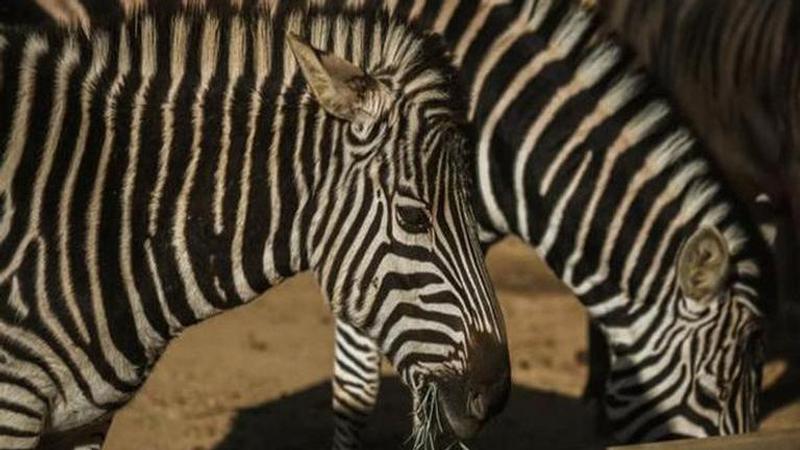Published 19:53 IST, July 15th 2021
Researchers explore whether total number of living vertebrates' species can be determined
The total number of living vertebrates cannot be determined, as per Syracuse University study by Bruce Wilkinson, research professor and Linda Ivany, professor.

Syracuse University's College of Arts and Sciences recently did a study where the professors explored whether the scientific community will ever be able to settle on a 'total number' of living vertebrates' species or not. This might help with species preservation by prioritising places and groups which require conservation efforts. Bruce Wilkinson, research professor and Linda Ivany, professor, from the Department of Earth and Environmental Sciences co-authored a paper where they determined that forecasting the total number of species may never be possible.
The total number of living vertebrates cannot be determined
The theory of resource exploitation suggests that the number of discoveries over time follows a bell-shaped curve. The curve rises as the production rate increases, owing to new discoveries and then decreases as production declines, despite efforts to go into finding the resource. The time of maximum discovery is known as Hubbert's peak. Bruce Wilkinson noticed parallels between the discovery curves of new species and the total reservoir size of non-renewable resources, like oil or mineral ores. Wilkinson and Ivany, both said that the discovery curve for new species of vertebrate animals shows a similar bump. For both of these, the discovery curves for new oil or new species are altered by unforeseen and unexpected changes.
Connection between new species and total reservoir size of non-renewable resources
Wilkinson said, "The problem with using that curve to predict how much is left is that you have to assume that the effort invested and the approach used to discover new oil or species, is consistent and known,". He added, "We used to think we'd gone over the peak for oil and gas around 1972, but then 15 or so years ago someone figured out how to do horizontal drilling and all of the sudden there was a new bump in the amount being discovered". This paper was in the Biological Journal of the Linnean Society. Ivany said, "As much as we'd like to know 'the number,' the total species richness of the planet will remain an elusive target".
(With ANI Inputs)
(IMAGE: Bruce Wilkinson - Facebook, Linda Ivany - Instagram)
Updated 19:53 IST, July 15th 2021



